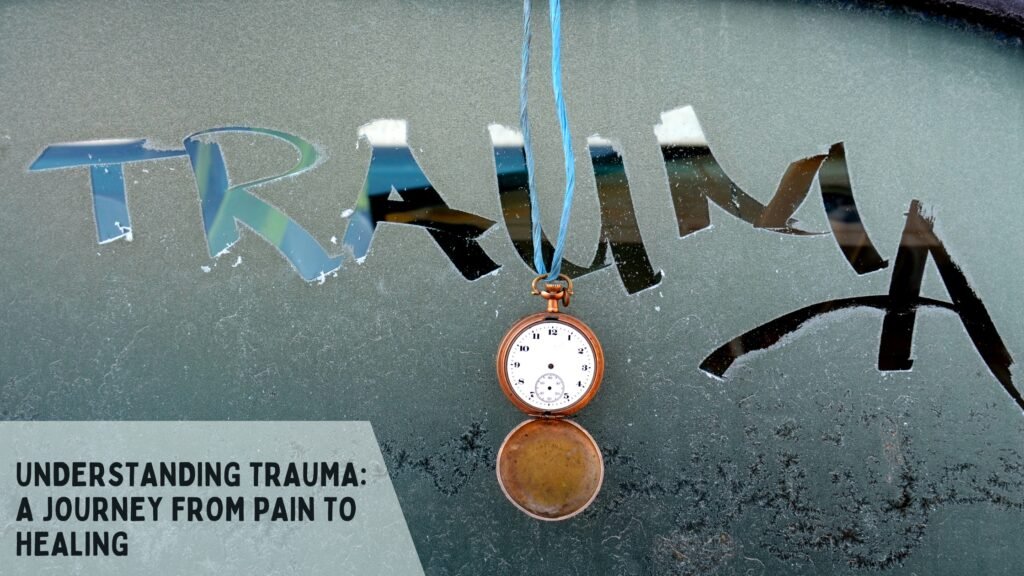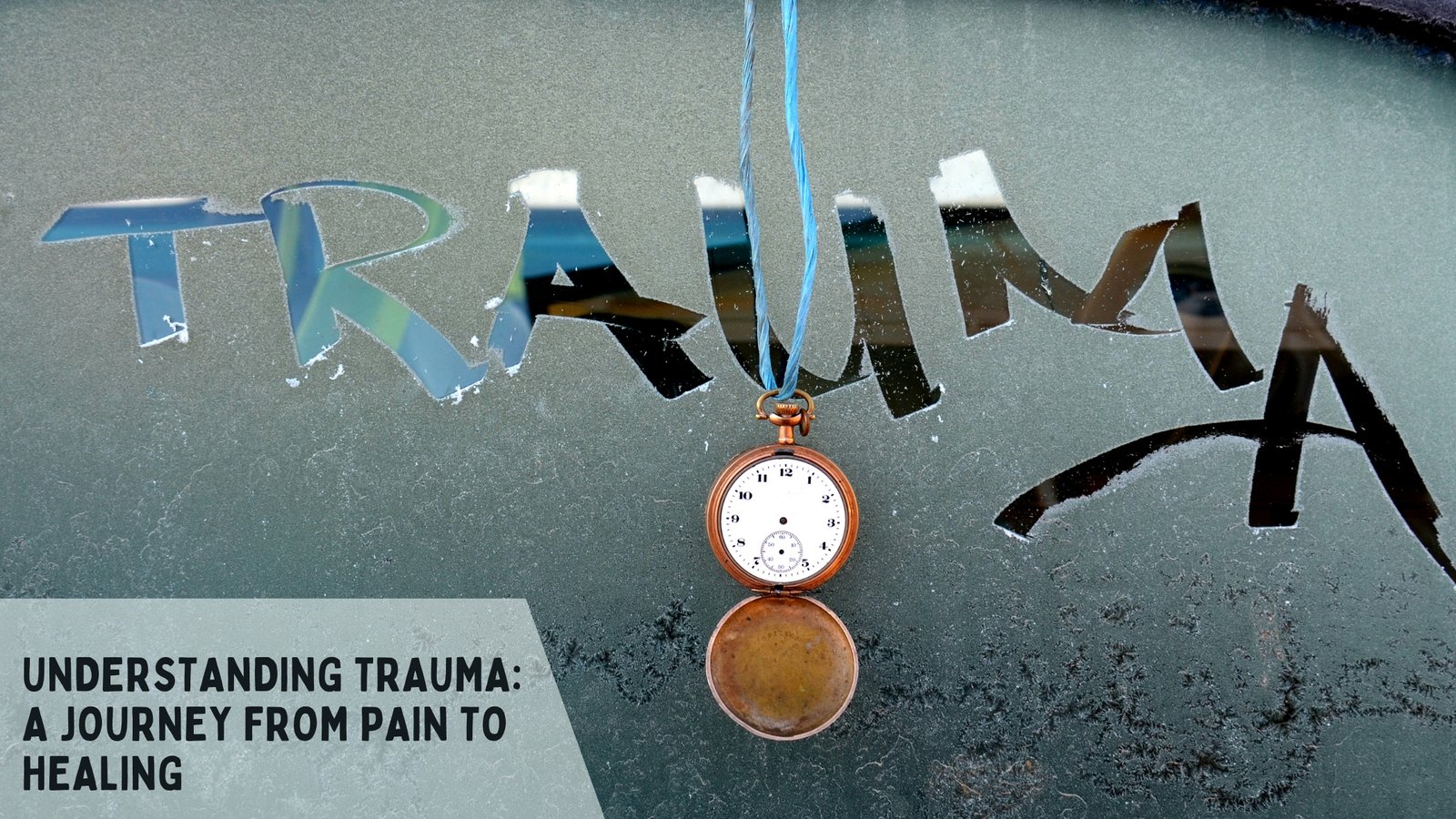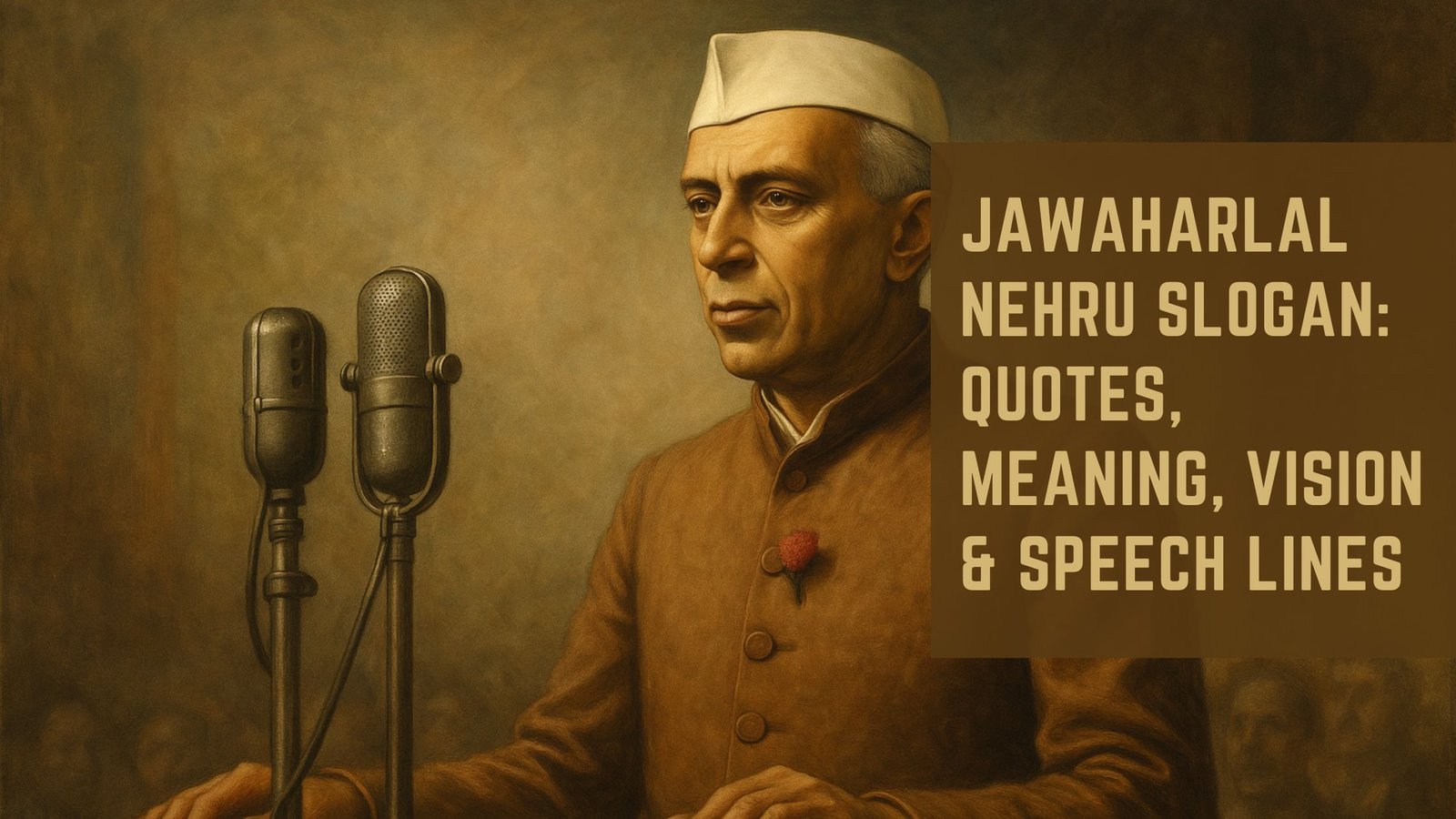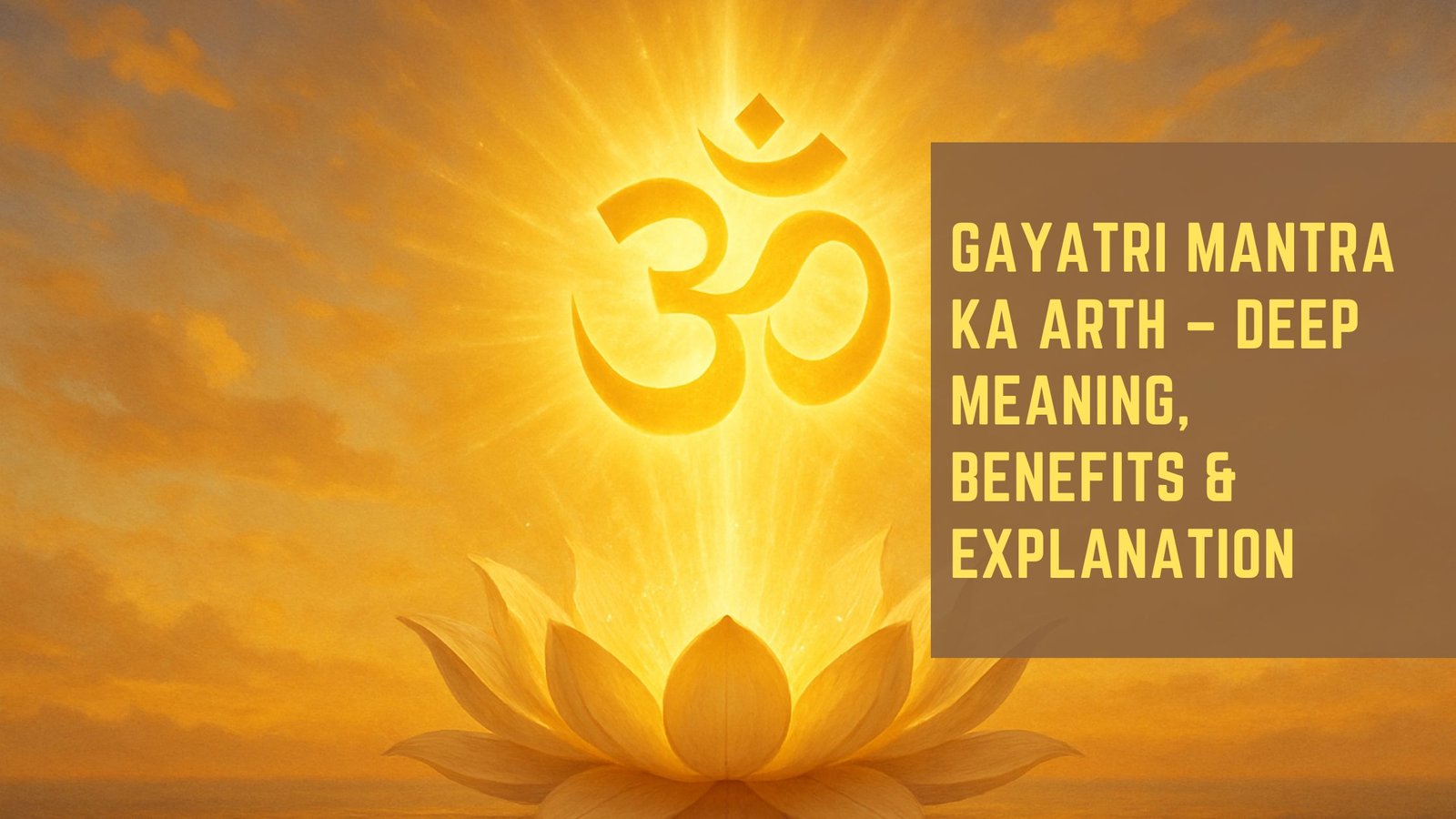Trauma is not just a moment—it’s a memory that echoes through the body, mind, and soul. It can strike suddenly or grow slowly over time, and it affects people in different ways. Whether caused by a single devastating event or a series of painful experiences, Suffering has the power to shape how we see the world, others, and ourselves. But it is also true that healing is possible—and that the journey through Distress can become a path to profound growth and inner peace.

Table of Contents
What Is Trauma?
At its core, Distress is the emotional response to a deeply distressing or disturbing experience. It can be physical, emotional, psychological, or spiritual. Pain overwhelms a person’s ability to cope, causes feelings of helplessness, and can reduce their sense of self-worth and safety.
Types of Trauma:
- Acute – Resulting from a single event like an accident, assault, or natural disaster.
- Chronic – Repeated exposure to distress, such as abuse or prolonged illness.
- Complex – Exposure to varied and multiple traumatic events, often interpersonal in nature.
The Symptoms of Trauma
Distress doesn’t look the same for everyone. For some, it appears immediately; for others, it may surface years later.
Common emotional and psychological symptoms include:
- Anxiety and panic attacks
- Flashbacks or nightmares
- Emotional numbness or dissociation
- Depression and withdrawal
- Mood swings or irritability
- Guilt, shame, or self-blame
Physical symptoms may involve:
- Fatigue or insomnia
- Headaches or migraines
- Digestive issues
- Weakened immune system
- Unexplained aches and pains
The Science Behind Distress
When we face a traumatic situation, our brain enters a “fight, flight, or freeze” mode. The amygdala (fear center of the brain) becomes hyperactive, while the prefrontal cortex (rational thought) is suppressed. Over time, repeated activation of this stress response can physically rewire the brain, making it harder to regulate emotions and trust others.

Trauma in Children vs. Adults
Children are especially vulnerable to Suffering because their brains and coping mechanisms are still developing. Childhood Distress can severely affect emotional regulation, self-esteem, and even brain development. However, adults, too, can struggle deeply—especially if Distress triggers old wounds from the past.
Spiritual Impact of Trauma
Suffering doesn’t only damage the mind and body; it can deeply shake one’s spiritual foundation. Victims often question their faith, the existence of God, or the meaning of suffering. In such times, spiritual healing becomes just as essential as psychological recovery.
Spiritual questions that often arise include:
- “Why did this happen to me?”
- “Where was God when I needed Him?”
- “Can I ever feel whole again?”
These questions, though painful, can also be doorways to profound spiritual growth.
Healing from Pain
Healing is not linear. It is a spiral path, where old wounds may resurface as we grow stronger. But with patience, support, and compassion, healing is always possible.
Ways to heal from trauma:
1. Therapy and Counseling
Working with a Suffering-informed therapist can help individuals process experiences in a safe environment. Approaches include:
- Cognitive Behavioral Therapy (CBT)
- Eye Movement Desensitization and Reprocessing (EMDR)
- Somatic Experiencing
- Distress-focused mindfulness
2. Spiritual Practices
Spiritual healing can complement psychological recovery:
- Meditation and deep breathing
- Prayer and surrender
- Reading sacred texts
- Connecting with nature
- Practicing gratitude and forgiveness
3. Support Networks
Talking with trusted friends, family, or support groups helps to restore a sense of connection and safety.
4. Creative Expression
Art, music, writing, or dance offer non-verbal ways to process Suffering and reclaim agency over the story.
Quotes on Healing Trauma
“DistressTrauma is not what happens to us, but what we hold inside in the absence of an empathetic witness.” – Dr. Gabor Maté
“Out of suffering have emerged the strongest souls; the most massive characters are seared with scars.” – Khalil Gibran
“Healing may not be so much about getting better as about letting go of everything that isn’t you.” – Rachel Naomi Remen
“दर्द तो जीवन का हिस्सा है, लेकिन पीड़ा को पकड़े रहना, यह हमारा चुनाव है।”
(“Pain is a part of life, but holding on to suffering—that is our choice.”)
“ਜਿੰਦਗੀ ਦੀਆਂ ਠੋكرਾਂ ਨੇ ਹੀ ਮੈਨੂੰ ਮਜ਼ਬੂਤ ਬਣਾਇਆ ਹੈ, ਨਹੀਂ ਤਾਂ ਮੈਂ ਵੀ ਕੱਚ ਦੇ ਖਿਲੌਣ ਵਰਗਾ ਸੀ।”
(“The blows of life have made me strong, or else I too was like a fragile toy.”)
The Role of Faith in Trauma Recovery
For many, faith becomes the anchor during turbulent times. Whether through belief in God, the universe, or the resilience of the human spirit, faith offers the hope that suffering has a purpose—and that healing is not only possible but promised.
Practices to Cultivate Faith :
- Chanting or Naam Simran – calms the nervous system
- Reading from sacred texts like the Bhagavad Gita, Guru Granth Sahib, or Bible
- Volunteering or seva – reconnects with humanity and compassion
- Keeping a gratitude journal – even small blessings count
Final Thoughts: Trauma Is a Chapter, Not the Whole Story
Trauma may change you, but it doesn’t define you. It is a part of your journey—not your identity. What lies beyond suffering is resilience, wisdom, and a deeper connection with your own soul. The darkness that pain brings can become the very soil where strength, compassion, and transformation grow.
If you’re on a path of healing and self-discovery, explore timeless wisdom that speaks to the soul.
📖 Dive deeper into powerful life lessons drawn from the Bhagavad Gita that can guide you through every storm.
👉 Explore Life Lessons from the Gita










